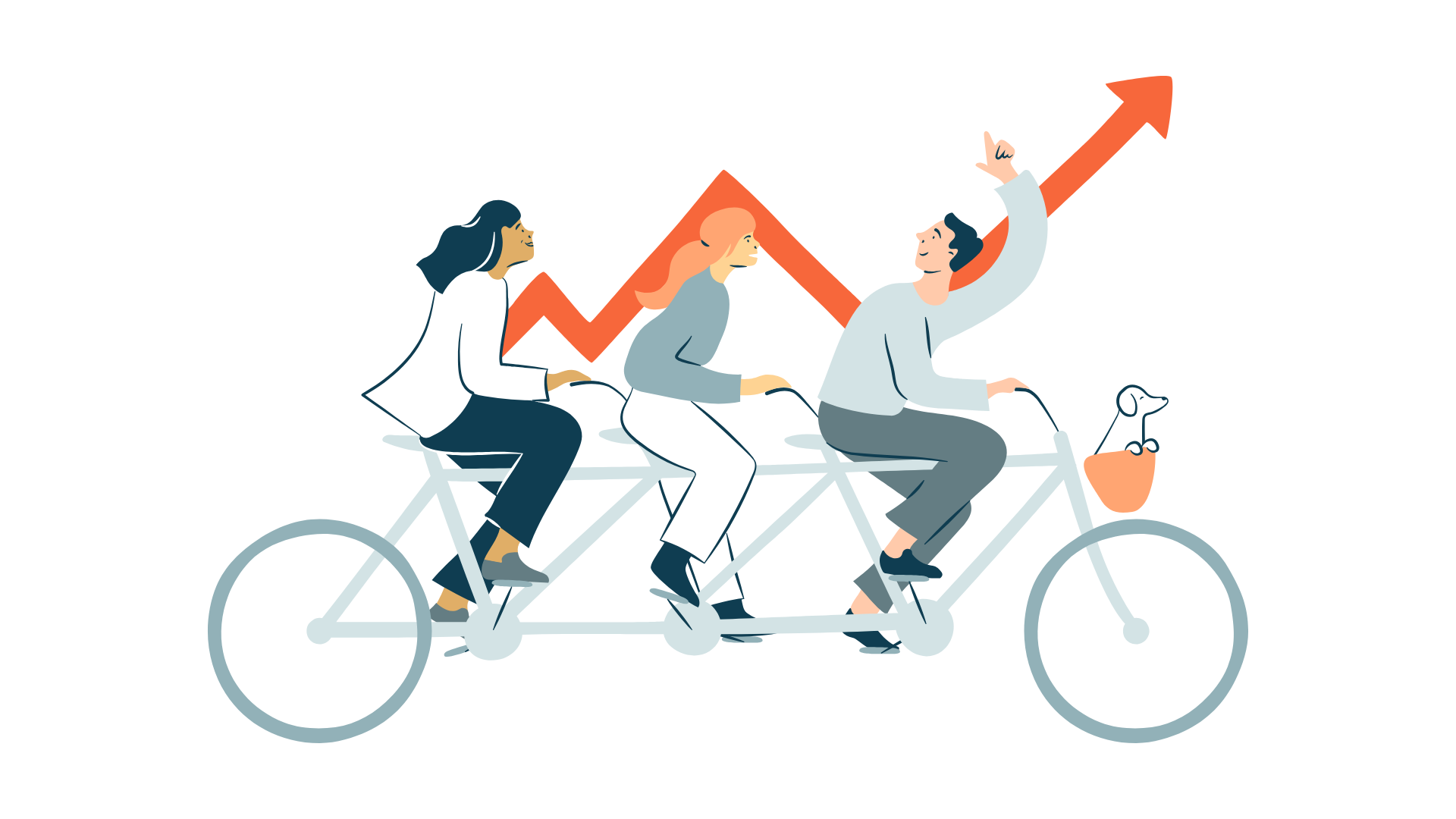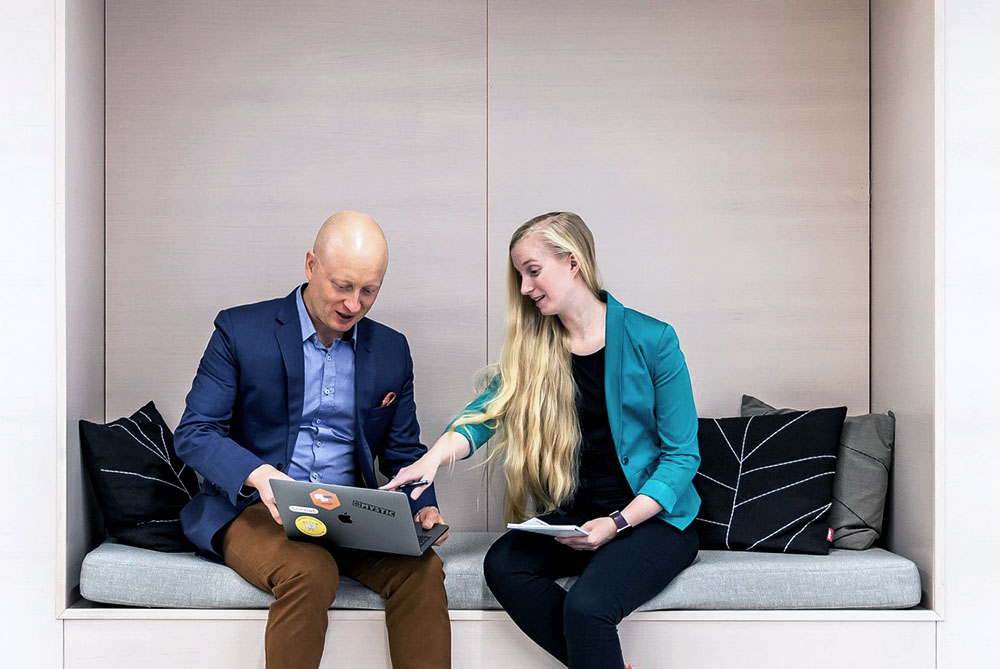
In the past, companies have addressed changes in business situations by adding more control. Control has been seen as the tool to gather and process more information about change and thus to gain a better understanding of the situation. This has led to a hierarchical organization with unnecessary organizational layers and structural resistance to change. But ‘change has changed’ and the dominant industrial thinking model based on a hierarchical organization is outdated. Organizations have become inefficient, incorrectly structured and complex to manage.
It is not that companies’ leadership and management have been lazy and stupid, but the business at large, and society have changed towards something new, which is called digital. The change is evolutionary, comes in waves and has gained momentum since 2000. At the same time, current legacy management is based on industrial thinking characterized by concepts like static operations, manufacturing, raw materials, products, markets, economies of scale, value chain, shareholder value, and asymmetrical information. These are things that are more concrete and based on business models ignorant to environmental and social issues. Anyhow the industrial era has produced plenty of wealth, growth, health and societal good.
Companies are getting more profitable, but at the same time, there are challenges to create growth by introducing new services and products. Digital technologies generate efficiency gains through automation and improved situational awareness by improving existing solutions. Companies can get stuck between industrial and digital. The more you apply digital technologies to existing products and production, the more efficient a company becomes, but that doesn’t necessarily create growth.
What does the digital era look like? We don’t know exactly and we are afraid to admit that our society is entering a totally different era. A similar magnitude of change was witnessed 200 years ago when the industrial era started. The future comes in small pieces, not all in one go. The small pieces that characterize the future are the digitalization of products to services, vast data and advanced analytics, customer centricity vs. product, economies of flow vs. scale, individual homogenous needs vs. markets, dynamics vs. statics, ecosystems vs. value chains, IoT devices vs dump devices and stakeholder value vs shareholder value. The information which caused the change is so vast and volatile that hierarchical organizations can be too slow to react. There is a need for new ways to organize collaboration.
The challenge with company growth is the balance between legacy and renewal, resilience and adaptation of new ways of working. The root cause seems to be industrial-organizational thinking, where a company is seen as one hierarchical organization. Contemporary thinking is nothing like emphasizing companies systemic, adaptive, self-organizing and intelligent characteristics. Companies are not just organizations that react to external events, they also change all the time because people want to do what they see is right.
Companies are good to react when their existence is threatened. The danger with digital transformation is the evolutionary nature. It doesn’t create immediate urgency, results just become harder to achieve. Also, the transformation process is seen as ‘One Model Fits all’, instead of fit for purpose and against customer demand where parts of the company are transformed individually.
So there is a struggle with the past, and the future looks distant and different. The situation often presents itself differently from that which you were expecting. The past says that there is no need for change, the future says total change. From a company point of view making sense is a customer demand related topic. A company has several futures depending on their customers’ true needs. Company resilience is the sum of the resilience of the customer serving parts. This is also the reason why there is no need for ‘One Model fits all’ transformations because there is no ‘One Model’. In the past, management expected and wanted to create a trust to ‘One Model’. Now the flow of trust is reversed. Management needs to trust that autonomous units know their customer needs and will act in the best interest of customer and company.
The challenge with company growth is the balance between legacy and renewal, resilience and dynamic new ways of working. Resiliency is an organizational capability that is needed when the times are good, bad and between. Resiliency is good for company stakeholders.
Blogi 2.9.2019
Companies need to be more resilient and dynamic

Kiva kun löysit tämän artikkelin! Se sisältää varmasti hyvää tietoa, mutta pidäthän mielessä, että se on kirjoitettu 6 vuotta sitten.


